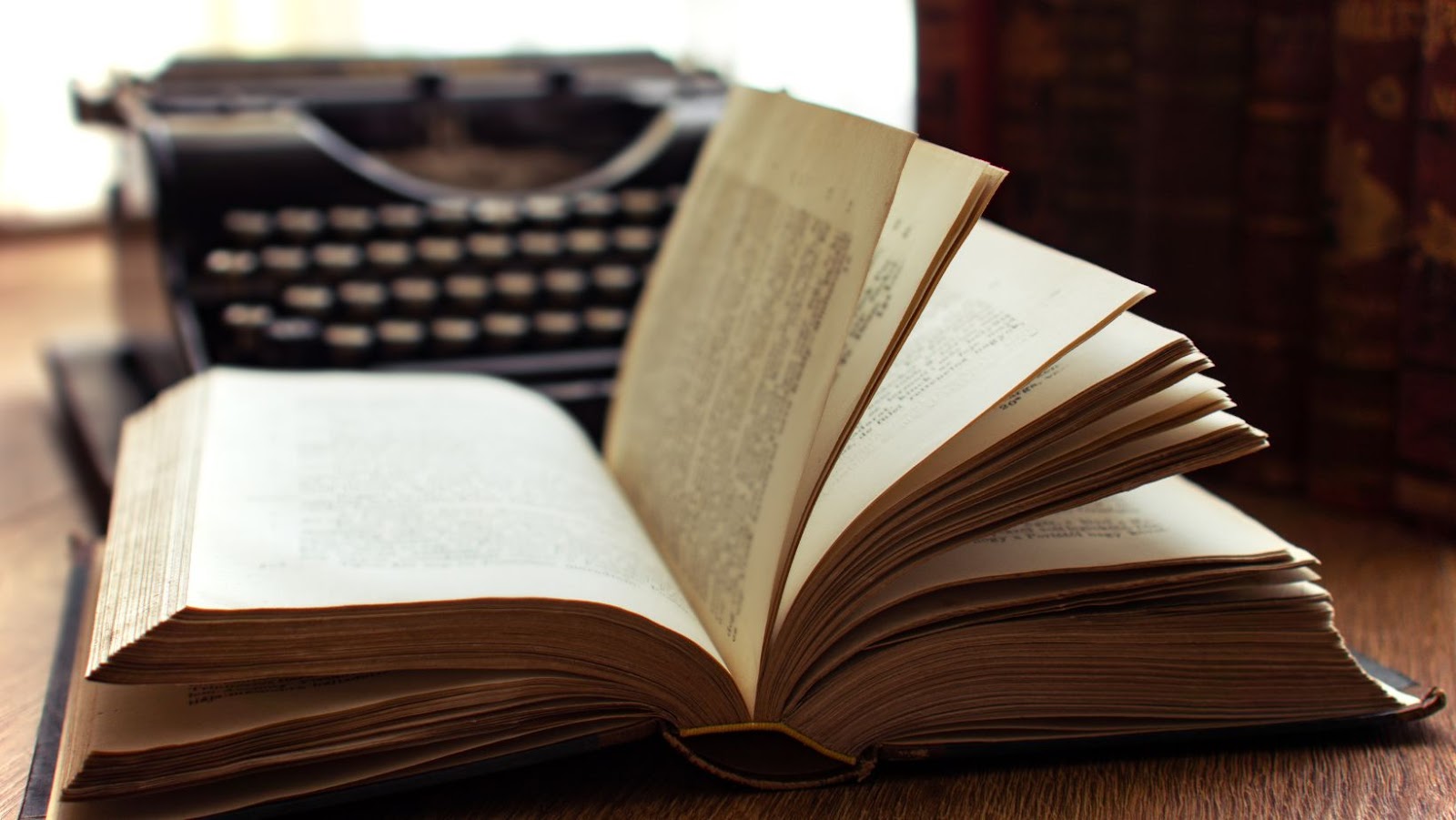When diving into the world of literature, a reliable companion is an elements of literature textbook. It’s not just a book; it’s a roadmap that guides readers through the intricate layers of storytelling, language, and themes. In my experience, exploring the contents of such textbooks has been enlightening, unraveling the secrets behind what makes a piece of writing truly captivating.
In this article, I’ll delve into the essential components that make up an elements of literature textbook. From dissecting the different literary devices to understanding the significance of character development, these textbooks serve as a treasure trove for both students and enthusiasts of literature. Join me as we navigate through the pages of these textbooks to uncover the magic that brings words to life.
Elements of Literature Textbook
Breaking Down the Fundamentals
When exploring an elements of literature textbook, I find it crucial to break down its fundamentals to grasp the essence of its teachings. These textbooks are not mere compilations of stories; they are intricate guides that dissect the very core of literature. By dissecting elements like plot, setting, and characterization, readers gain a deeper understanding of how stories are constructed and how they evoke emotions. Each component acts as a building block, interlocking to create a narrative that captivates and enthralls.
How It Differs From Other Literature Textbooks
Distinguishing an elements of literature textbook from other literature textbooks is essential to recognize its unique value. Unlike general literature textbooks that may focus on broader concepts or historical contexts, elements of literature textbooks zoom in on the specific tools and techniques used in storytelling. Instead of skimming the surface, these textbooks dive deep into the mechanics of literature, analyzing the intricacies of language, symbolism, and foreshadowing. They provide a granular perspective that enhances the reader’s ability to appreciate the artistry behind every word and phrase.
 Analyzing Content Quality and Structure
Analyzing Content Quality and Structure
Coverage of Literary Techniques
In evaluating the content quality and structure of elements of literature textbooks, an essential aspect to consider is the coverage of literary techniques. These textbooks meticulously dissect various tools employed by writers to craft compelling narratives. By delving into elements such as plot development, character analysis, and narrative styles, they provide readers with a comprehensive understanding of how stories unfold and characters evolve. This detailed exploration enhances readers’ analytical skills and fosters a deeper appreciation for the complexities of storytelling.
Inclusion of Diverse Literary Works
Another crucial factor in assessing the content quality and structure of elements of literature textbooks is the inclusion of diverse literary works. These textbooks showcase a wide array of literary pieces from different genres, time periods, and cultures. By incorporating works from various literary traditions, they offer readers a broad perspective on storytelling techniques and thematic elements. The inclusion of diverse works not only enriches readers’ understanding of literature but also promotes cultural diversity and inclusivity in the literary world.
 Textbook Features and Design
Textbook Features and Design
Visuals and Layout Considerations
In elements of literature textbooks, visuals and layout play a crucial role in enhancing the overall reading experience. The strategic placement of images, diagrams, and illustrations can aid in comprehending complex literary concepts. For example, a timeline illustration can help readers visualize the sequence of events in a story, making it easier to analyze plot structures. Additionally, well-designed layouts with clear typography and formatting can improve readability and engage readers more effectively.
Interactive Components and Supplementary Materials
Modern elements of literature textbooks often incorporate interactive components and supplementary materials to enrich the learning experience. Interactive quizzes, multimedia presentations, and online resources offer students a dynamic way to engage with the material beyond traditional text. For instance, a multimedia presentation exploring the historical context of a literary work can provide valuable insights into the author’s influences and societal background.